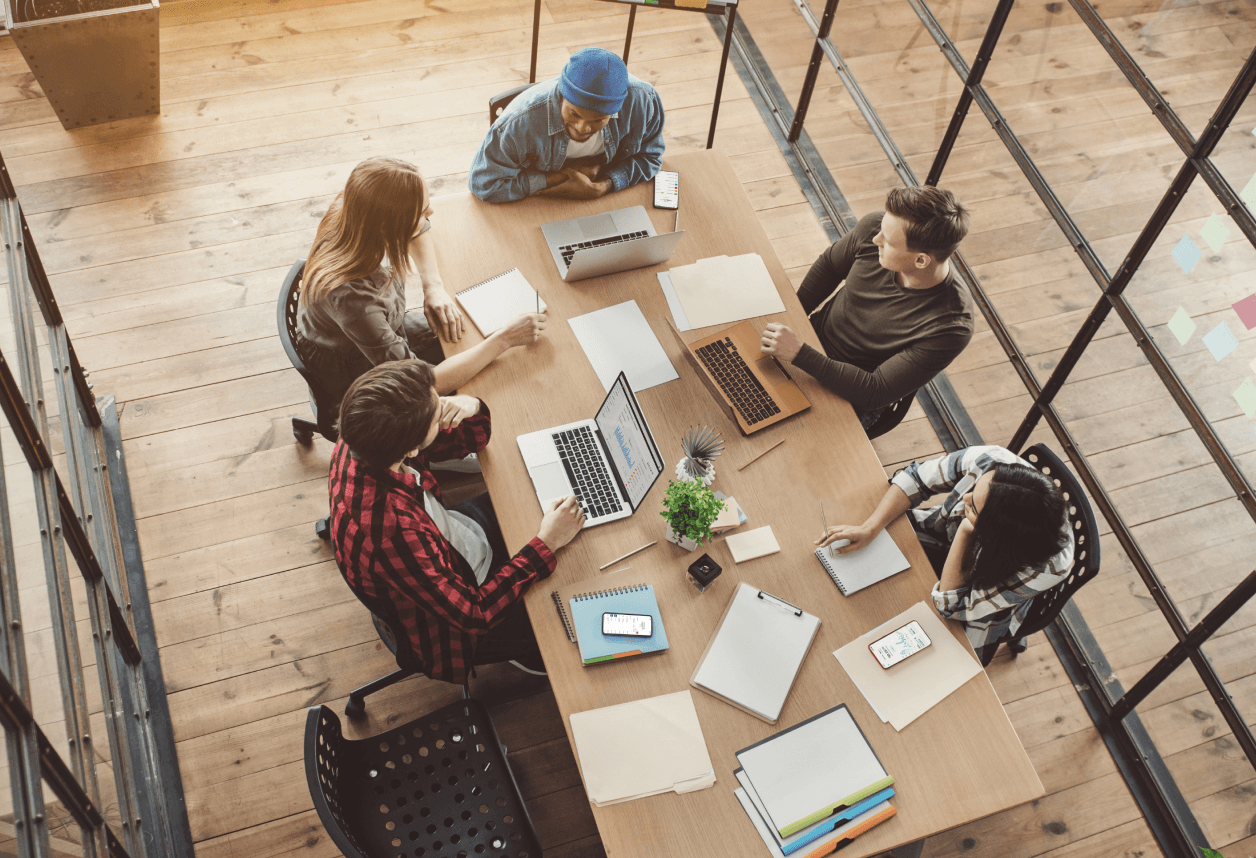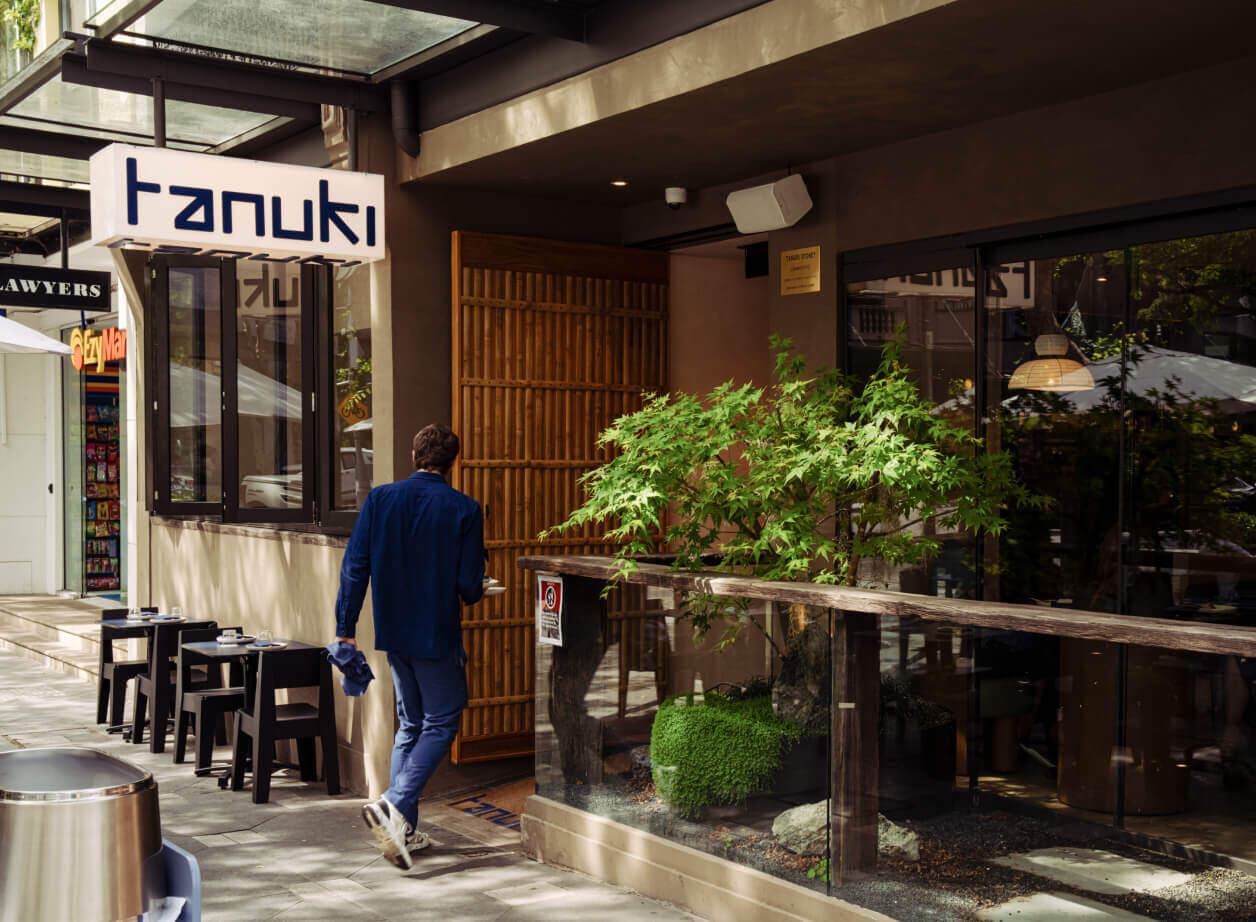
- Zeller for Startups
The Top 15 Financial Metrics All Startup Founders Need to Monitor
Building a startup is exciting, but keeping it financially healthy from day one can feel like walking a tightrope while juggling flaming torches.
For early-stage founders, understanding your numbers is key to survival. By monitoring the right KPIs (Key Performance Indicators), you’ll know whether your startup is on track for success, or headed for trouble. Whether you’re launching a cutting-edge SaaS product, a mobile app, or an online marketplace, the fundamentals are the same. Let’s break down 15 of the most important financial metrics that every startup founder should keep an eye on.
Sales and growth metrics.
First up, let's look at metrics that demonstrate your sales and growth momentum. No matter your business model, you should know how much money is coming in and how your customer base is expanding over time. Tracking these figures helps you spot opportunities to boost growth or catch signs of a slowdown.
1. Monthly Recurring Revenue (MRR) ($)
MRR is the total predictable revenue your startup earns each month from recurring sources like subscriptions or ongoing service contracts. It’s a snapshot of steady monthly income you can count on. For example, if you have 50 customers each paying $100 per month, your MRR is $5,000.
Monthly Recurring Revenue = sum of all recurring revenue in a month
2. Annual Recurring Revenue (ARR) ($)
ARR is the yearly recurring revenue run rate based on your current monthly recurring income. It tells you how much revenue you’d generate in a year if your subscriber base and pricing stayed consistent. Investors often look at ARR to gauge your startup’s traction on an annual scale.
Annual Recurring Revenue = Monthly Recurring Revenue × 12
3. Conversion Rate (%)
Conversion rate measures how effectively you turn potential customers into actual customers. It’s usually expressed as a percentage of people who take a desired action out of the total who had the chance. For example, it could be the percentage of website visitors who sign up for your product, or the percentage of free trial users who become paying customers. A higher conversion rate means your marketing and onboarding are working well.
Conversion Rate (%) = (Number of conversions / Number of visitors) × 100
4. Annual Contract Value (ACV) ($)
ACV represents the average revenue per customer contract per year. This metric is especially relevant if you sell multi-year deals or annual subscriptions as it helps you understand the yearly value of a customer’s contract. To calculate ACV, take the total value of the contract and divide it by the contract length in years. For example, if a client signs a 2-year contract worth $10,000 in total, the ACV is $5,000 per year.
Annual Contract Value = Total Contract Value ÷ Contract Term (in years)
5. Average Revenue Per User (ARPU) ($)
ARPU tells you how much revenue you earn from each customer on average, usually per month. You calculate it by dividing your total monthly recurring revenue by the number of active customers that month, which shows the average value of each user. For instance, if your MRR is $5,000 and you have 50 active customers, your ARPU is $100. Tracking ARPU over time can reveal if you’re increasing the value of each customer (through upselling or higher pricing) or if it’s dropping.
Average Revenue Per User = Total Monthly Recurring Revenue (Monthly Recurring Revenue) ÷ Number of Active Customers
Customer acquisition and retention metrics.
Your customers are the heart of your business, and these metrics examine how much it costs to get new customers and how well you keep them active. By tracking acquisition and retention, you can ensure you’re growing sustainably – gaining new users without losing too many existing ones along the way.
6. Customer Acquisition Cost (CAC) ($)
CAC tells you the average cost of acquiring a new customer. It includes all your marketing and sales spend (ads, promotions, salaries, etc.) divided by the number of new customers gained in that period. Knowing your CAC helps you understand if your growth strategies are cost-effective. For example, if you spent $1,000 on marketing in a month and acquired 100 new customers, your CAC is $10 per customer.
Customer Acquisition Cost = Total marketing and sales costs in a period / Number of new customers acquired
7. Churn Rate (%)
Churn rate is the percentage of customers who leave or cancel over a given period. It’s essentially the opposite of your retention rate – if your retention rate is 90%, your churn is 10%. This metric is crucial for any startup with recurring revenue because high churn means you’re losing customers almost as fast as you gain them. For instance, a 5% monthly churn means 5 out of every 100 customers leave each month.
Churn Rate (%) = (Customers lost during period / Customers at start of period) × 100
8. Monthly Active Users (MAU)
MAU is the number of unique users who actively use your product or service in a given month. “Active” might be defined as logging in, making a transaction, or otherwise engaging with your app, whatever activity matters for your business. This metric shows how well you’re retaining users and keeping them engaged. If your MAU is growing, it means more people are finding value in your product and sticking around. Startups often track MAU to demonstrate user traction, even before revenue ramps up.
Monthly Active Users = Number of unique users who performed a qualifying activity in a given month
Cash flow and runway metrics.
When you're running a startup, staying on top of your cash flow is everything. You might have great revenue on paper, but if you run out of cash to pay the bills, your startup can’t survive. These metrics focus on your cash usage and how long you can keep operating. They’re especially critical if you’re not yet profitable and are burning through savings or investor funding to drive growth.
9. Burn Rate ($)
Burn rate is how much cash your startup is spending each month to operate. In other words, it’s the amount by which your monthly expenses exceed your revenue (if you’re in the red). It shows how quickly you’re “burning” through your cash reserves. For example, if you spend $50,000 in a month and your revenue is $30,000, your burn rate is $20,000 for that month. A high burn rate isn’t sustainable for long, so keeping this number in check is critical.
Burn Rate = Monthly cash outflows – Monthly cash inflows (when expenses are greater than revenue)
10. Cash Runway
Cash runway tells you how many months you can continue operating at your current burn rate before you run out of money. It’s basically your financial lifeline. For instance, if you have $200,000 in the bank and your burn rate is $20,000 per month, you’ve got about 10 months of runway. Knowing your runway helps you plan ahead – you’ll know when you need to start raising more funds or cutting costs to avoid hitting empty.
Cash Runway (months) = Cash on hand / Monthly Burn Rate
11. Operating Cash Flow ($)
Operating cash flow is the amount of cash generated (or used) by your core business operations. It excludes things like new financing (loans or investments) and capital expenditures, it’s purely about day-to-day operating money coming in versus going out. This metric tells you if your core business is self-sustaining. If this number is positive, your operations are bringing in more cash than they spend, which is a very good sign. If it’s negative, it means your business needs external funding or additional revenue to cover its costs.
Operating Cash Flow = Cash received from customers – Cash paid out for operations
Economic metrics.
Finally, let’s examine metrics that speak to your startup’s overall economic health and long-term sustainability. These metrics help you understand if your business model makes financial sense in the long run. They cover everything from how much profit you make on each sale to how valuable each customer is over their lifetime, relative to what it costs to acquire them.
12. Payback Period
Payback period is the time it takes to recover a given investment. In a startup context, founders often look at how long it takes to earn back the cost of acquiring a customer. (This is sometimes called the CAC payback period.)
For example, if your Customer Acquisition Cost is $100 and a customer generates $50 of gross margin for you per month on average, the payback period is 2 months. A shorter payback period is better because it means you recoup your costs sooner.
Payback Period = Customer Acquisition Cost / average monthly gross margin from that customer
13. Gross Profit Margin (%)
Gross profit margin is the percentage of revenue left after you’ve paid the direct costs associated with your product or service. Those direct costs are often called Cost of Goods Sold (COGS). For a software startup, COGS might include hosting fees, whereas for a hardware product, the COGS includes manufacturing costs. Gross margin basically tells you how much of each dollar of revenue is gross profit. The higher, the better – a healthy gross margin means you have more money available to cover your other expenses (like salaries, rent, and marketing) and invest back into growth.
Gross Profit Margin (%) = ((Revenue – Cost of Goods Sold) / Revenue) × 100
14. Customer Lifetime Value (LTV) ($)
LTV is the total revenue you expect to earn from a typical customer over the entire time they remain a customer. In other words, how valuable an average customer is to your startup in the long run. A higher LTV means each customer is contributing more to your bottom line over time, either because they stay with you for a long time or because they purchase repeatedly. For a subscription business, for example, you might calculate LTV by taking the monthly revenue per user (ARPU) and multiplying it by the average number of months a customer stays subscribed.
Customer Lifetime Value ($) = (Average Revenue Per User x Gross Profit Margin) / Churn Rate
15. LTV:CAC Ratio
This ratio compares the lifetime value of a customer (LTV) to the cost of acquiring that customer (CAC). It’s a quick way to gauge the efficiency of your business model – are you getting significantly more value from a customer than what you spent to get them? As a rule of thumb, an LTV:CAC around 3:1 or higher is often considered healthy in the startup world, meaning you get about $3 or more in lifetime revenue for every $1 spent acquiring a customer.
If the ratio is much lower (say 1:1), you’re spending nearly as much to acquire a customer as they bring in, which may not be sustainable. If it’s extremely high, it could mean you have room to invest more in acquiring customers to drive faster growth.
LTV:CAC Ratio = Customer Lifetime Value / Customer Acquisition Cost
The right tools make all the difference.
As a founder, knowing these metrics is only half the battle. The other half is tracking them consistently and acting on what they tell you. Having the right tools to keep tabs on your financial metrics makes things much easier.
Zeller for Startups is designed with this in mind. It’s completely free to sign up, and you’ll get instant access to zero-fee business transaction accounts, smart debit cards for real-time expense tracking, high-interest savings accounts and more.



